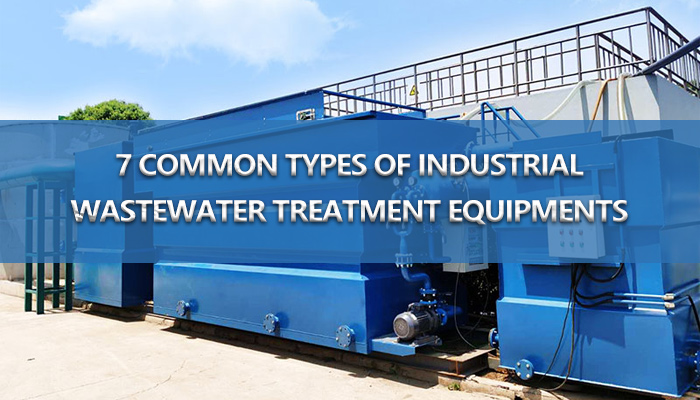Industrial wastewater treatment equipment is essential for removing contaminants and pollutants from wastewater before it can be safely discharged into the environment. There are several types of industrial wastewater treatment equipment available.
Types of Industrial Wastewater Treatment Equipment
1. Activated Sludge Process
The activated sludge process is a biological wastewater treatment method that uses microorganisms to break down organic matter in wastewater. This process involves a suspension of mixed microorganisms, known as activated sludge.
Which can continuously mix with incoming wastewater. The microorganisms in the activated sludge consume the organic matter in the wastewater, converting it into carbon dioxide, water, and energy.
2. Sedimentation Tanks
Sedimentation tanks, also known as clarifiers or settling tanks, are popular for removing suspended solids and other particles from wastewater. These tanks allow wastewater to flow in and sit for some time, allowing the suspended solids to settle to the bottom. The clear water on top can then be removed and discharged, while the sludge at the bottom can be removed and further treated.
3. Filtration Systems
Filtration systems are popular in removing suspended solids and other contaminants from wastewater. These systems typically use a filter medium. Additionally, the water filter cloth also plays an important role in this system.
Such as sand or activated carbon, to trap the contaminants and allow clean water to pass through. There are several types of filtration systems available, including gravity filters, pressure filters, and membrane filters.
Relate Article Recommend: Unveiling the Efficiency and Importance of Wastewater Filter Press
4. Biological Reactors
Biological reactors play an important role in treating wastewater using living organisms. These reactors provide a controlled environment for microorganisms to grow and consume organic matter in the wastewater.
Additionally, Biological reactors can be used for a variety of applications, including nitrogen and phosphorus removal, and can be designed to meet specific treatment requirements.
5. Flocculation and Coagulation
Flocculation and coagulation are processes used to remove suspended solids and other contaminants from wastewater. This system involves the addition of chemicals to wastewater to cause the suspended solids to clump together, making them easier to remove.
Coagulation involves the addition of chemicals to wastewater to cause the suspended solids to stick together and form larger particles, also making them easier to remove.

6. Disinfection Systems
Disinfection systems are popular for killing bacteria, viruses, and other pathogens in wastewater. These systems typically use chlorine, ozone, or ultraviolet light to disinfect the wastewater, ensuring that it is safe for discharge into the environment.
7. Sludge Treatment and Disposal
Sludge treatment and disposal is an important aspect of industrial wastewater treatment. That is the byproduct of wastewater treatment and must be properly treated and disposed of to prevent environmental harm.
Sludge treatment options include thickening, dewatering, and drying, while disposal options include land application, incineration, and landfilling.
Conclusion
In conclusion, industrial wastewater treatment equipment is essential for removing contaminants and pollutants from wastewater before it can discharge safely into the environment. There are several types of industrial wastewater filter equipment available, each with its own set of advantages and applications.
By understanding the different types of equipment available, industries can make informed decisions about their wastewater treatment needs and ensure that their wastewater is properly treated and discharged.